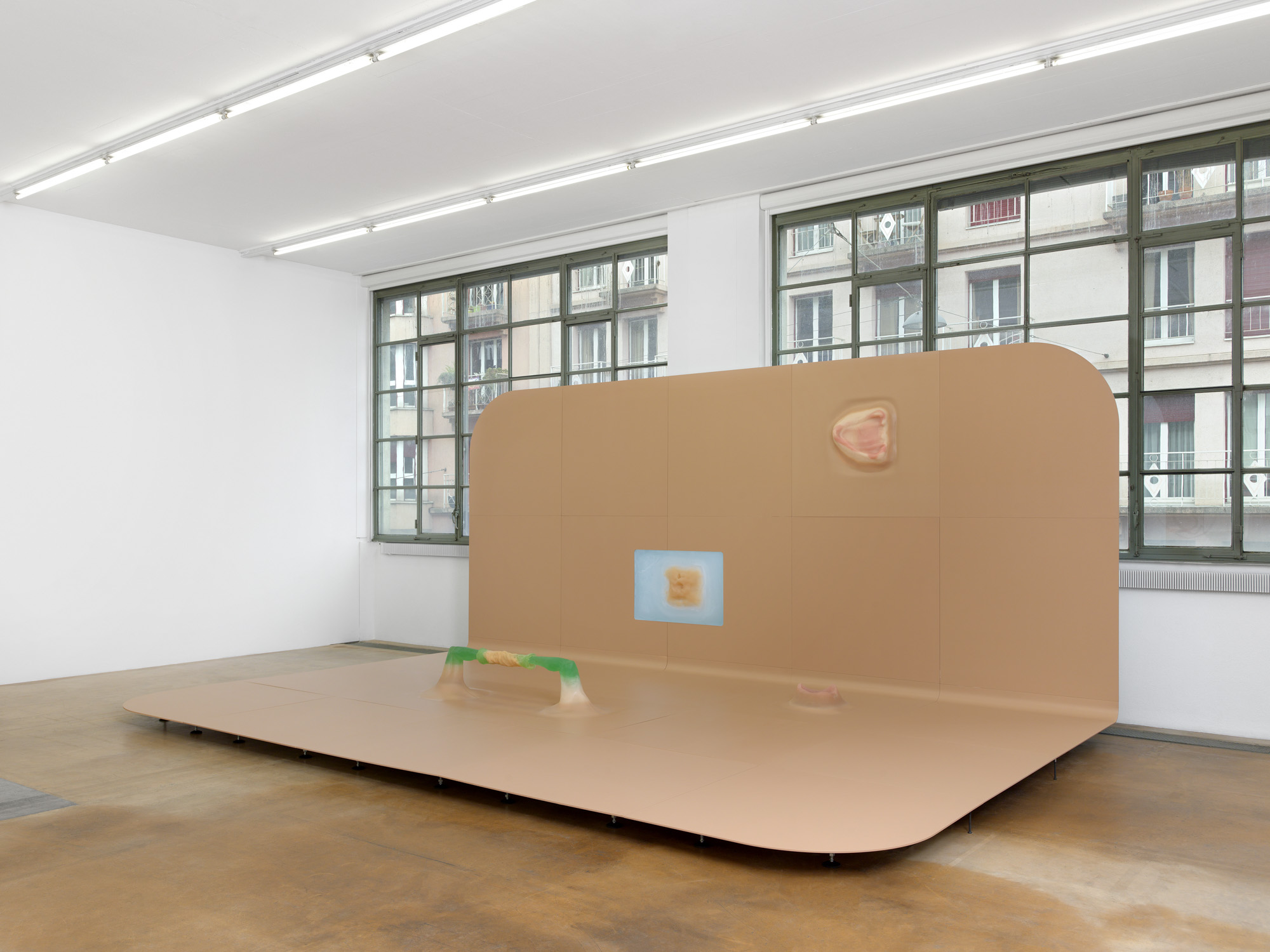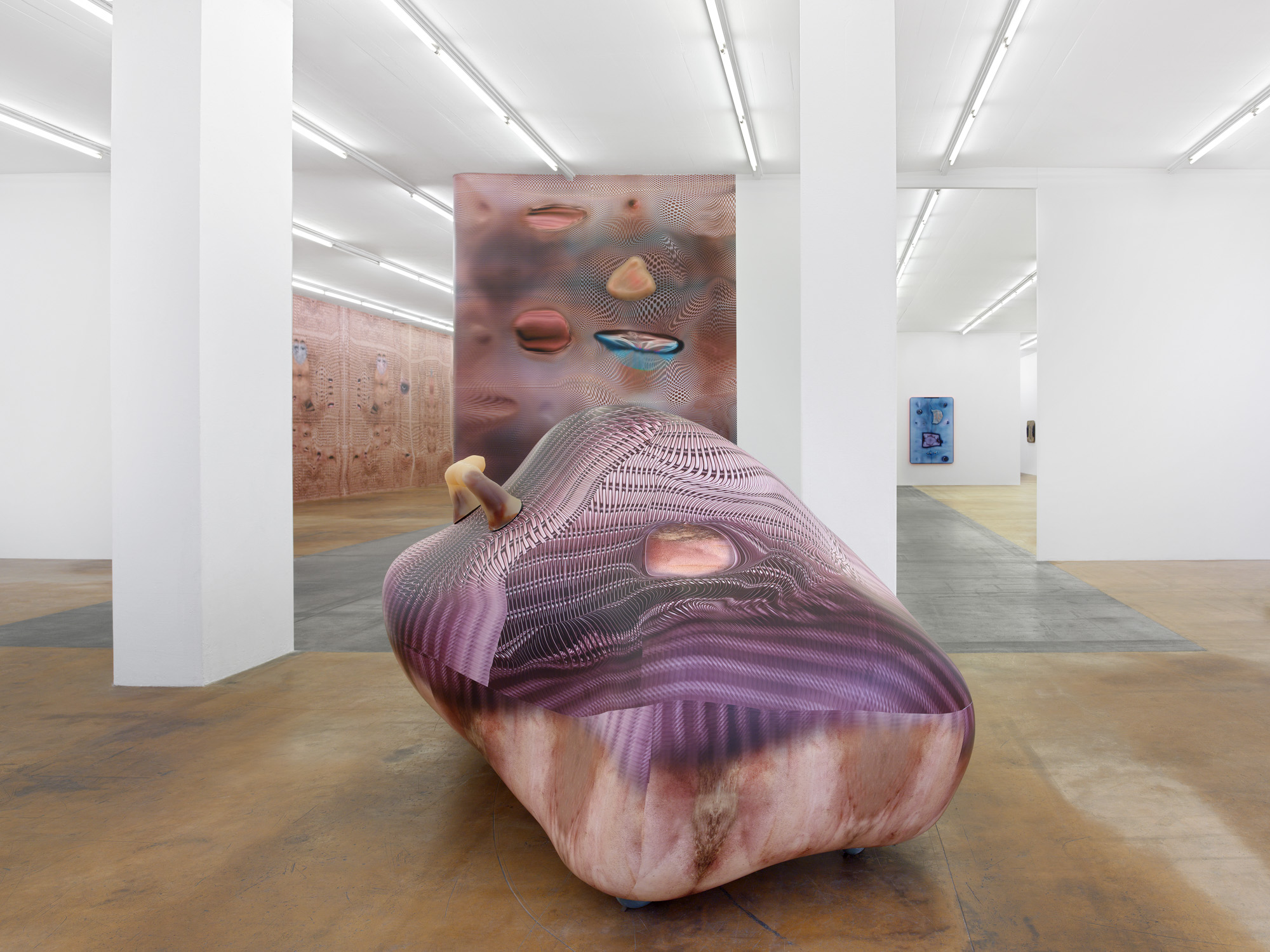For more than four decades, Tishan Hsu (b. 1951 in Boston, lives and works in New York) has used art to explore the relationship between technology and the human body. His sculptures, wall pieces, silkscreen prints and, more recently, videos examine the cognitive, physical and social implications of everyday encounters between people and machines. The exhibition at MAMCO brought together pieces from various stages of Hsu’s career—from his earliest works in the 1980s to the present day. Developed with extensive input from the artist himself, the show is also a collaborative effort with the Secession in Vienna, which hosted an exhibition of Hsu’s newer productions in late 2023. Some of these recent pieces were also on display at MAMCO.
Hsu studied architecture at the Massachusetts Institute of Technology (MIT) before moving to New York in 1979 to focus on his art. He landed a part-time night job as a word processor at a Wall Street law firm, where he worked with the early use of the screen in word processing, giving him first-hand insight into the interaction between user and machine. On his off-hours, he began the exploration of how to visually convey the situation of his body interacting with the computer screen. The diversity of materials that Hsu employed (wood, vinyl cement compound, ceramic tiles, polystyrene, resin, rubber) constituted his aesthetic vocabulary at the time, bringing an unsettling sense of reality to the notion of the interface: the skin, membranes and screens where information and perception meet – or take shape.
Hsu was then one of the few artists exploring the concept of human-machine hybridization. His pieces appear as if made flesh, covered with skin, embedded with architectural details (windows, ventilation grids, drain holes). The result – a sensual but injured body-like form affixed to electronic circuits – is suggestive of a metamorphosis in progress: these objects are brimming with potential and brooding with a sense of menace, as if something could burst out at any moment, or as if a transformation might take place.
From the 1990s onward, Hsu starts a teaching career and withdraws from the limelight. He creates silkscreen prints on canvas before marking the dawn of the digital age by embracing Photoshop in early 2000. Abandoning his earlier practice of making art by hand, he turned to working on screen, producing works on canvas using digital imaging with wide-format printing and the use of silicone. At a time when technology is increasingly an extension of the body, the presence of machines in Hsu’s oeuvre is becoming ever vaguer and more unclear: skin and screen intermingle, merge and combine until, eventually, they become one.
- Exhibition curated by Lionel Bovier and Elisabeth Jobin, in collaboration with Secession, Vienna
- With the support of the Pictet Group Foundation













